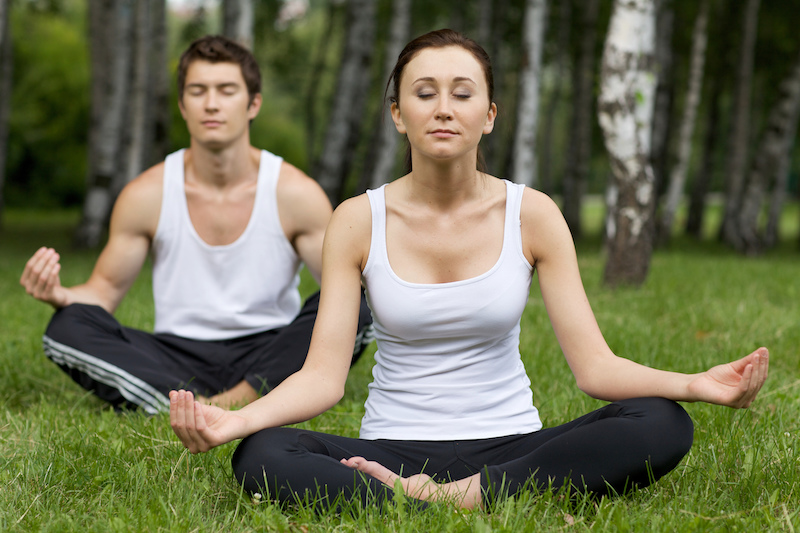By Dr. Ginny Whitelaw
What part of your world is upended? A loved one lost or ill? A schedule extended to extra shifts, emptied by furloughs, or converted to a nonstop-stream of online meetings punctuated by youngsters who can’t play with their friends and need schooling at home. Or maybe it’s the exposed wound of racism, mass protests, voices coming together and storm trooper tactics that are designed to disrupt their resonance and, with it, our democracy.
I could go on, and so could you to add our version of the particular mess these times visit upon our lives and those we love. But I want to draw your attention to what happens in you physically when you read even this litany of issues. Where do you feel an inner tightness, a stuckness, or a whirl of inner activity? It may take a moment or two or searching to locate, but it’s worth the effort, because this physical signature is the starting point for a chain reaction in you in response to life’s difficult conditions, from tightness here or a whirl there to habitual emotions, thoughts and behaviors. But when you can find this physical signature, it’s also the starting point for where resonance can come to the rescue.
How? The human body – your body – is a physical-energetic instrument that is constantly taking in the energy around it (i.e., sensing) and turning it into other energetic and material forms from the body’s warmth to the work of your hands and the love of your life. To resonate is to vibrate with something else and it’s how energy changes form. It’s not an option, it’s a fact of physics. Yet you and I have options in how we resonate, which changes the energetic signals we radiate into the world that in turn kick off chain reactions in others.
As a simple example, consider how your voice changes when you’re upset. If for a few unpleasant seconds, you tighten your body – make your hands into fists and tense the whole front of your body – and read the opening sentences again out loud, notice how you sound. Now shake that out, let out a few sighs of relief, and read those same sentences again in your most reassuring tone. What you’re experiencing is the spectrum from tension to relaxation that allows more of your body to literally vibrate with your vocal chords. You’ll notice that your most reassuring voice is a lower, slower frequency that resonates lower in your physical body, which gives a clue as to the downward directions – both vertically down and slowing down – in which we stabilize ourselves. Indeed, what’s reassuring about such a voice is that it comes from a relaxed body – a centered, stable person – not someone ready to fly off the handle. And not only can we hear and feel the difference in ourself, but so can those around us.
The sound of your voice is a simple example of resonance, but your resonant effect is by no means limited to sound. Even without voice, we can sense when somebody is upset, uptight, or spun up. Our conventional language gives a clue as to the upward direction of these less stable states. And these are the kind of states we might get triggered into as life delivers its blows. So if we’re able to locate an inner tension, a dead zone, an anxiety or whirl, we have a signal to work with, where we can apply resonance to settle ourselves down and return to a more relaxed, resonant state. Here are three practices that have rescued me from a triggered state again and again.
Slow down your exhale.
Drop your breathing to a lower, slower frequency by extending the exhale, long and deep. The exhale is the relaxing part of the breath cycle and invites the body to drop tension. It also creates a deep, low frequency that can get other parts of the body resonating with it.
Drop into your lower abdomen, i.e., hara.
Let your long, slow exhale travel vertically down through your body, and let your inhale expand your hara so that these deep, abdominal muscles are regulating your lungs from underneath. This adds energy and stability to your breathing, making it a more effective inner agent of change.
Let difficulty drop straight through.
Feel into where the difficulty shows up in your body and go there with your attention. Acknowledge it, hold it as part of the whole universe, part of the whole picture, part of the whole you. Blend it with your breath and allow the vertical breath movement to unwind it, tease it apart, guide it down, whatever it needs. At its own pace, let it drop straight through to the earth.
Change how you resonate and you change your life, not only in how it feels when life is a mess, but in the mess and fear you can take out of the world and the love you can pour into it.
Dr. Ginny Whitelaw, author of Resonate – Zen and the Way of Making A Difference, is a Zen master and founder and CEO of the Institute for Zen Leadership. With a background in physics and biophysics, she has brought mind, body and energy together in developing leaders for more than 25 years. Prior to that she was the deputy manager for integrating NASA’s Space Station Program. For resources on becoming a better resonator, see https://resonatethebook.com and https://zenleader.global
The Editorial Team at Lake Oconee Health is made up of skilled health and wellness writers and experts, led by Daniel Casciato who has over 25 years of experience in healthcare writing. Since 1998, we have produced compelling and informative content for numerous publications, establishing ourselves as a trusted resource for health and wellness information. We aim to provide our readers with valuable insights and guidance to help them lead healthier and happier lives.
































